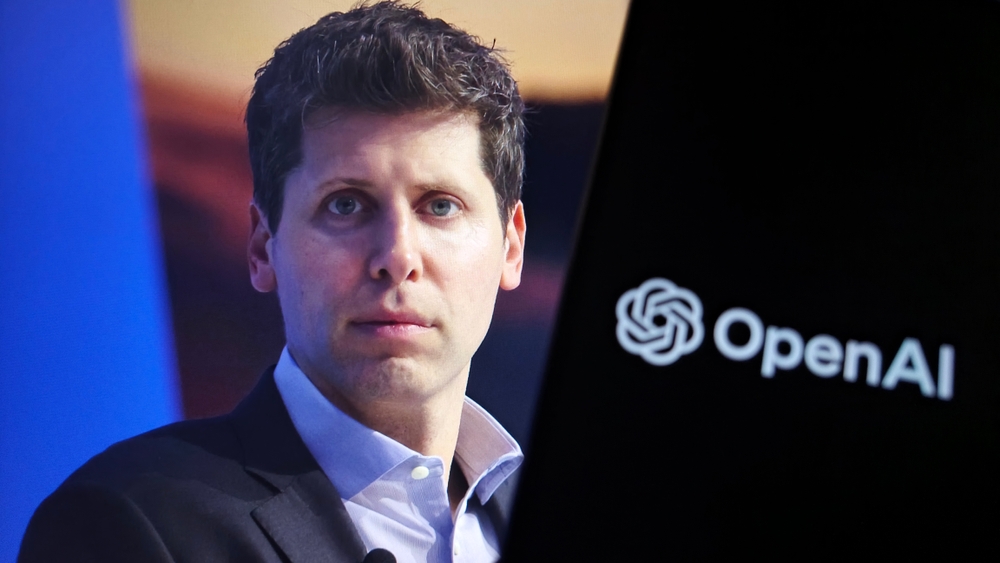A new analysis suggests the financial strain behind that build-out is far deeper than previously understood.
Others are reading now
OpenAI’s rapid expansion has helped fuel a global race to build the data centers and chip infrastructure needed for advanced AI. But a new analysis suggests the financial strain behind that build-out is far deeper than previously understood — and increasingly carried by the companies supplying OpenAI itself.
According to data reported by the Financial Times, OpenAI’s key infrastructure partners have collectively taken on about $96 billion in debt to meet the company’s demand for computing power. It’s a sign that the AI boom, while technologically explosive, is becoming heavily dependent on borrowing and long-term financial bets.
A growing mismatch between costs and revenue
The spending gap is particularly stark when compared to OpenAI’s own finances. The company has committed roughly $1.4 trillion in long-term contracts for energy and compute capacity — commitments that stretch years into the future. But it expects to generate only about $20 billion in revenue this year.
Outside analysts have also raised alarms. HSBC recently estimated that even if OpenAI’s revenue exceeds $200 billion by 2030, it may still need another $207 billion in fresh financing just to maintain operations, given the cost of training and running increasingly large models.
Where the $96 billion in partner debt comes from
The FT’s breakdown shows the burden is spread across several major players in the AI supply chain:
Also read
- About $30 billion already borrowed by SoftBank, Oracle, and CoreWeave
- Another $28 billion taken on by Blue Owl Capital and Crusoe
- Roughly $38 billion more now being negotiated by Oracle, Vantage, and their banks
Together, the total reaches roughly $96 billion — almost all of it tied to the capital-intensive business of powering OpenAI’s systems.
Investors are paying close attention to CoreWeave, one of OpenAI’s most important compute providers. In its most recent earnings report, the company listed $3.7 billion in short-term debt, $10.3 billion in long-term debt, and another $39.1 billion in future data center lease obligations. CoreWeave expects to bring in around $5 billion in revenue this year, underscoring the scale of the financial bet.
Big Tech is borrowing heavily too
The trend extends beyond OpenAI’s direct partners. The five major hyperscalers — Amazon, Google, Meta, Microsoft, and Oracle — have collectively issued $121 billion in new debt this year to fund their AI infrastructure, according to Bank of America. That’s more than four times their average annual issuance over the last five years.
Bond analysts say the flood of new debt is reshaping credit markets. Bank of America reports that investment-grade corporate issuance has surged far above normal levels heading into the end of the year, driven almost entirely by AI-related spending and mergers.
Rising credit risk signals a shifting phase of the AI boom
Credit default swap (CDS) prices — a market indicator of a company’s perceived risk of default — have also climbed sharply. Deutsche Bank notes that Oracle’s CDS spreads have widened by about 60 basis points since September, while CoreWeave’s have jumped roughly 280 basis points in the same period.
Also read
Those moves suggest that lenders and investors are growing more cautious about the long-term sustainability of the AI supply chain, even as the technology becomes integral to the global economy.
Analysts say the industry may now be entering a new phase — one where easy cash from Big Tech is no longer enough to cover fast-growing compute needs, and where public debt markets, not corporate balance sheets, are increasingly being leaned on to fund the AI boom.
Whether the companies building the world’s AI infrastructure can keep up — and whether OpenAI’s future revenues can justify these enormous financial commitments — remains an open question.
Sources: The Financial Times, HSBC, CoreWeave Q3 Report


